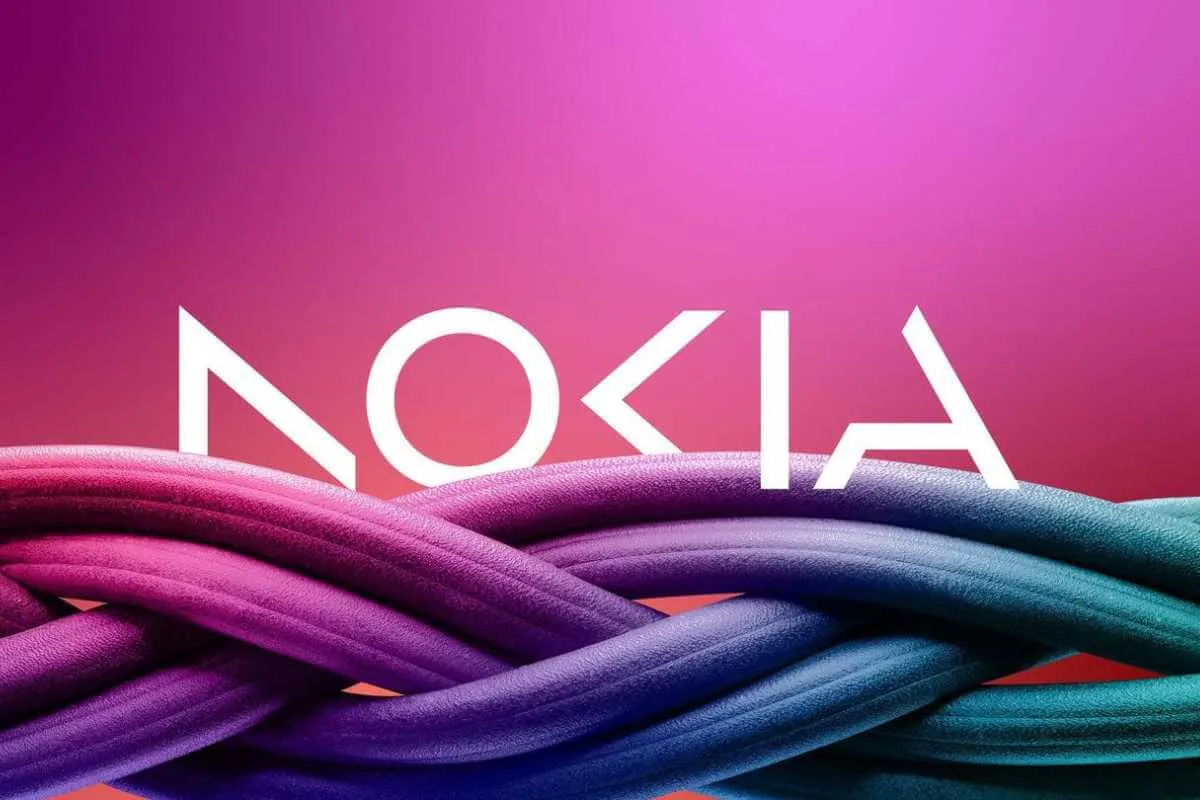
Nokia and Intuitive Machines have completed the integration of Nokia's Lunar Surface Communication System (LSCS) into Intuitive Machines' Athena lander, which is set to embark on the IM-2 mission to the Moon. This marks a major milestone in space exploration, as the LSCS will become the first cellular network on the lunar surface, providing vital connectivity for future lunar missions, according to Nokia. The integration into the mission lander followed extensive validation of the LSCS with Nokia Bell Labs.
Also Read: Nokia Hits 7,000 Patent Families Milestone, Essential to 5G
Role of the LSCS in IM-2 Mission
The final integration of the Nokia Lunar Surface Communication System into the IM-2 lander is complete, Nokia announced on Tuesday, January 7, 2025, adding that the company "intends to prove capabilities of cellular technology for future lunar exploration with the upcoming IM-2 mission."
The LSCS, based on 4G/LTE technology, will facilitate communication between the Athena lander and lunar vehicles, including Intuitive Machines' Micro-Nova Hopper and Lunar Outpost's MAPP rover. The system is designed to handle high-definition video, telemetry data, and command communications. It has been engineered to endure the harsh conditions of space, with thermal insulation and a protection system to ensure its survival during launch, travel, and lunar operations.
Supporting Lunar Rovers and Landers
The President of Bell Labs Solutions Research at Nokia, said: "We intend to prove that cellular technologies can provide the reliable, high-capacity and efficient connectivity needed for future crewed and uncrewed missions to the Moon and eventually Mars. Cellular technology has irrevocably transformed the way we communicate on Earth. There's no reason it can’t do the same for communications on other worlds."
The CEO of Intuitive Machines, said: "We believe delivering Nokia's 4G/LTE system to the lunar surface is a transformative moment in the commercialisation of space and the maturity of the lunar economy. We're taking thoughtful steps to achieve sustainability. Whether it's Nokia connecting surface assets, or Intuitive Machines' ability to transmit that data back to Earth and establish lunar data relay satellites, these innovations are mainstay capabilities we believe will define the Artemis generation, and they were initiated through NASA leadership."
Also Read: Nokia Completes Sale of Alcatel Submarine Networks to French State
Lunar Exploration with Cellular Connectivity
Developed by Nokia Bell Labs, the LSCS aims to prove the potential of cellular networks for future crewed and uncrewed missions to the Moon and Mars. Intuitive Machines' Micro-Nova Hopper, named Grace, will deploy sensors to scan for lunar resources, such as water ice, transmitting data back to Earth via the LSCS. The MAPP rover will map the Moon's surface and gather environmental data, relying on the network for real-time communication.
The Athena lander is slated for launch from NASA's Kennedy Space Center in late February.















